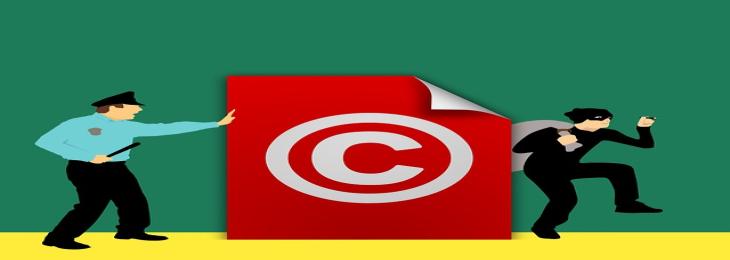
Social media usage has seen a huge increase in images on the internet. Most images go unnoticed, but a few get a lot of attention, some going viral. Irrespective of what happens to an image on the internet, the creator owns copyrights and, consequently, the right to profit from it.
There have been increased cases of marketers using other people's images to market their products or services without the copyright owners' consent. If someone is using your images for profit without your consent, you have a right to stop them or seek compensation for damages, and here's how you go about it.
Gather Evidence
If you have come across unauthorized use of your images on the internet or offline, you first want to document the evidence. In other words, take screenshots of the displayed pages for images posted online, and ensure that you capture the URLs.
Document the days when the infringement occurred and when you became aware of it. If the infringer used your images offline, for example, on marketing posters and flyers, take pictures or, even better, keep a copy of the poster or flier.
Get a Lawyer
Not all infringement cases will require you to have a lawyer. But when the stakes are high, for example, you have suffered financial or reputational damage from the infringement, it is always important to have a lawyer.
A lawyer helps in several ways, such as initiating correspondence with the infringing party, drafting necessary legal documents, and offering sound legal advice to help you succeed in your lawsuit.
Contact the Infringing Party
After documenting the infringement, the next step should be contacting the infringer directly or through their lawyer. You may not know their lawyer in most cases, so the only option is to go directly to them. If you work with a lawyer, they will initiate the correspondence by sending a cease and desist letter to the infringing party.
A cease and desist letter is just as it sounds. It is a legal document sent to an infringer informing them of the image owner's knowledge of their illegal activity and demanding that they stop. You can also make them aware of impending legal action in the letter. Upon receiving a cease and desist letter, the infringer has two options; seek an amicable resolution, or ignore the letter and await legal action.
Seek Resolution
The resolution to an infringement case depends on how cooperative both parties are. If the infringer responds positively, for example, if they agree to the terms of an amicable resolution, then an amicable resolution is the way to go. If not, you may need to file a lawsuit against them.
If you do not have a lawyer by this time, it may be time to hire one since proving infringement in court can be challenging. If successful, the judge or the jury will set the settlement terms, including compensation for damages.
Sometimes the court may recommend other avenues of dispute resolution, such as arbitration and mediation, which are far better than going through a trial.
How to Protect Your Images
The creator of an image holds the copyright to the image by default, but registering your copyrights is still a good idea to enforce your rights easily. Copyrights last through the owner's entire life and some years after they are dead, which in most cases is 50 to 70 years.
There are also other ways of protecting your brand identity, for example, through trademark symbol ownership. If the image in question is a symbol you use as a mark on a brand or product, trademark registration is the best way to protect it. Unlike copyrights that outlive the owner, trademark rights last for renewable terms of ten years.
Final Words
Your images are your assets; nobody should profit from them without your consent. If you are aware of a case on the non-authorized use of your images on the internet or offline, following the steps highlighted above can help you get justice.
Disclaimer: This post was provided by a guest contributor. Coherent Market Insights does not endorse any products or services mentioned unless explicitly stated.





